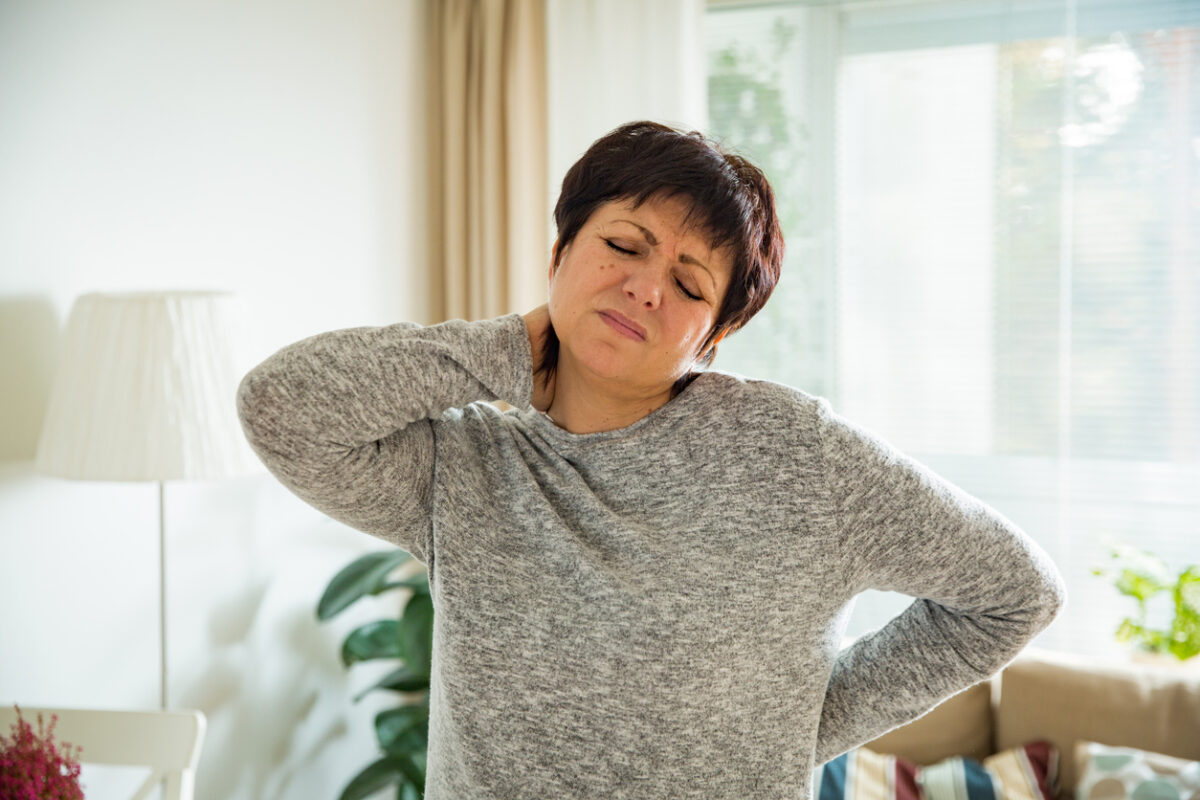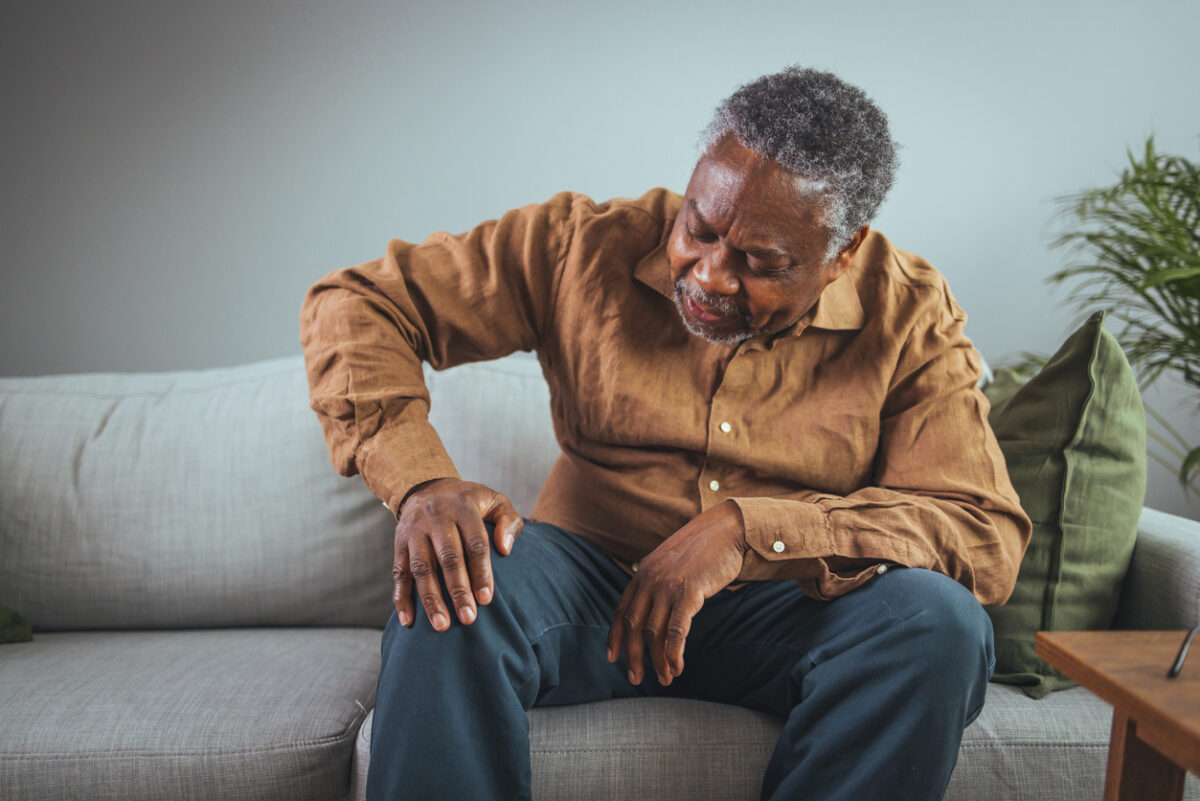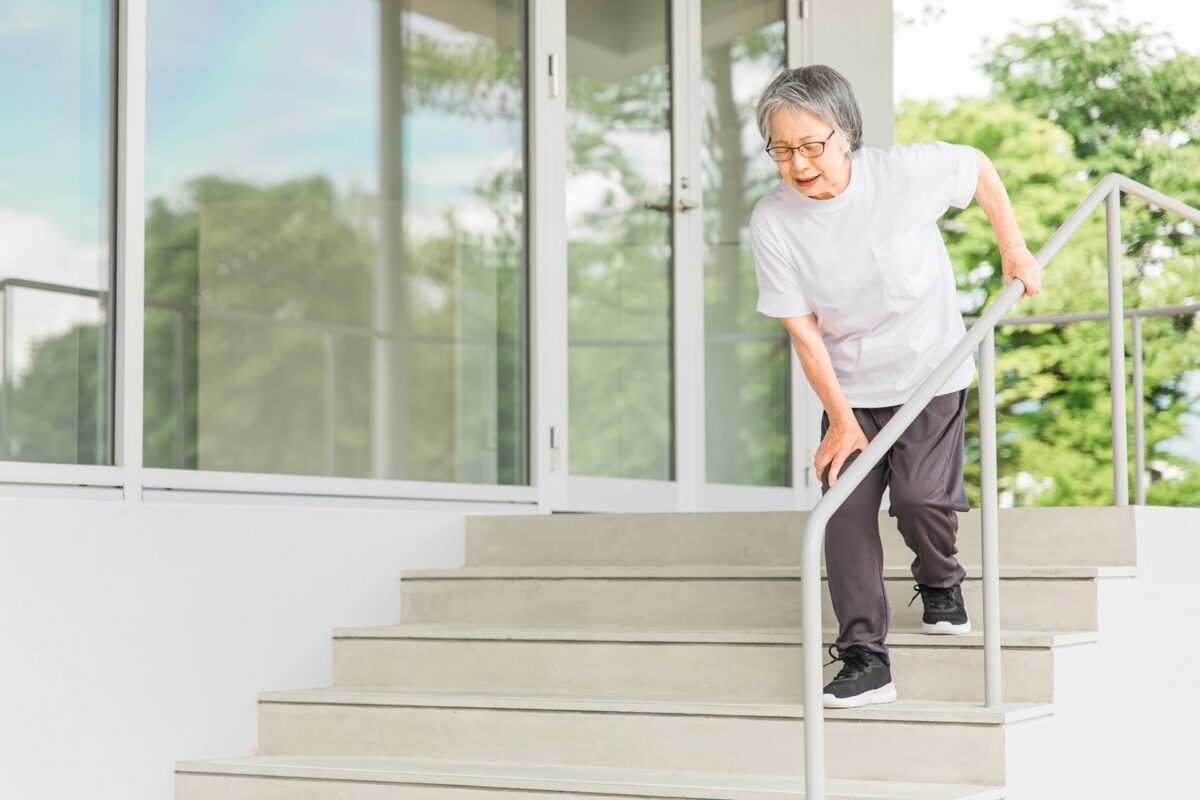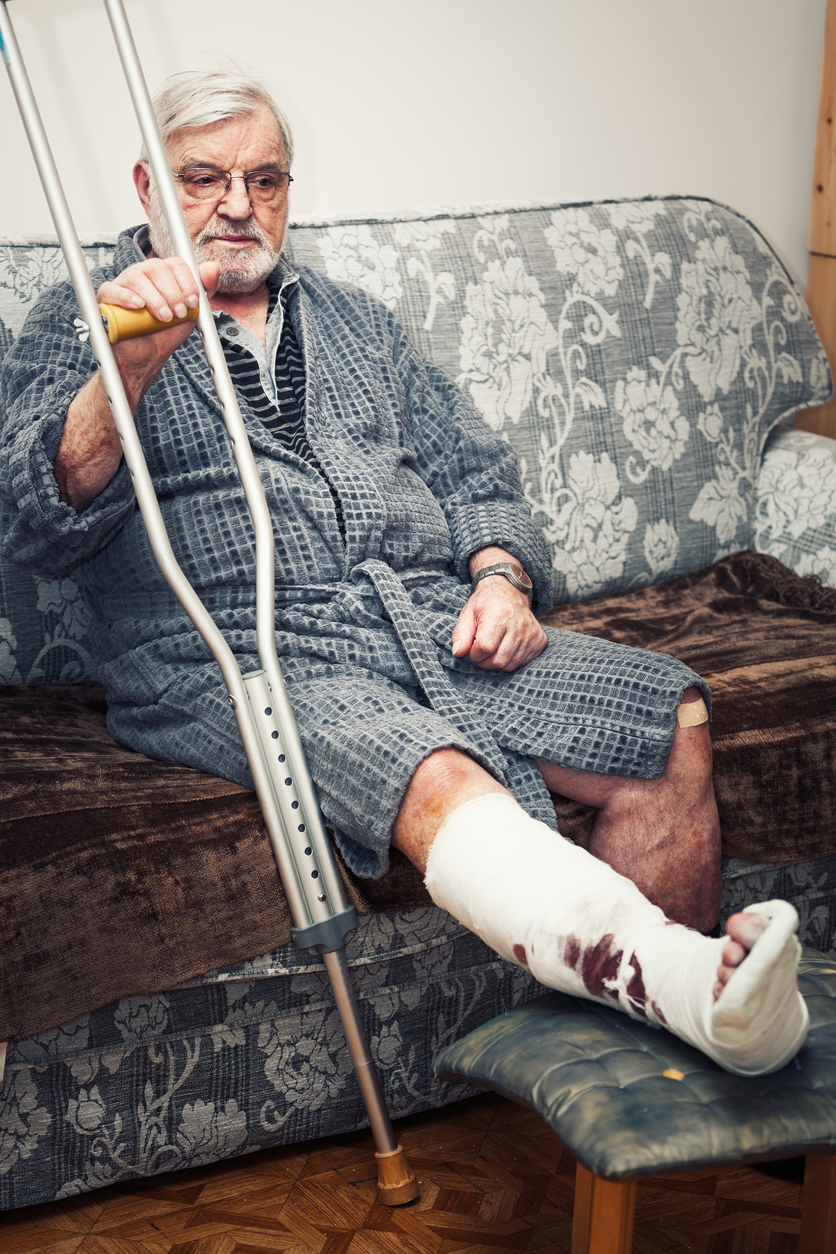Your Ultimate Guide to Choosing the Right Magnesium for Bone Health
Magnesium is a critical mineral for our overall well-being, including bone health. It plays a key role in maintaining bone density and preventing osteoporosis. This guide will assist you in understanding the importance of magnesium for bone health and how to choose the right magnesium supplement.
Understanding the Role of Magnesium in Bone Health
Approximately 50% of the body’s magnesium is stored in our bones, contributing significantly to the density and strength of our skeleton. A deficiency in magnesium can lead to various bone-related health issues such as osteoporosis. Understanding the role of magnesium in bone health can help us maintain our bone strength and overall wellness more effectively.
Different Types of Magnesium! Which is Best for Bone Health?
Magnesium is an essential mineral that plays a fundamental role in maintaining bone health. There are several types of magnesium available, each with distinct benefits and drawbacks for bone health. In this article, we’ll explore these different types and help you determine which is best for you.
Comparing Various Magnesium Types! Pros and Cons for Bone Health
There are several types of magnesium commonly used for bone health. The pros and cons of each type are as follows:
1. Magnesium citrate:
– Pros: It is easily absorbed by the body and often used for improving digestion. It can also help prevent kidney stones.
– Cons: It may have a laxative effect and could cause gastrointestinal discomfort.
2. Magnesium oxide:
– Pros: It is inexpensive and commonly available in supplement form.
– Cons: It has a lower absorption rate compared to other forms, making it less effective for bone health. It may also cause digestive issues.
3. Magnesium glycinate:
– Pros: It is highly absorbable and gentle on the stomach, making it a good choice for individuals with sensitive digestive systems. It also has a relaxing effect on muscles.
– Cons: It tends to be more expensive compared to other types.
4. Magnesium chloride:
– Pros: It is easily absorbed and well-utilized by the body. It can also promote better sleep and stress reduction.
– Cons: It can cause a burning sensation when applied topically, and large doses may have a laxative effect.
5. Magnesium orotate:
– Pros: It is easily absorbed and has been shown to support heart health in addition to bone health.
– Cons: It is not as commonly available and may be more expensive.
Overall, the best type of magnesium for bone health may vary depending on individual needs and preferences. It is always recommended to consult with a healthcare professional before starting any new supplement regimen.
Why the Best Type of Magnesium for Bone Health Matters
Choosing the right kind of magnesium supplement can profoundly impact your bone health. The body needs magnesium to aid in the absorption of calcium, which is fundamental for bone strength and density.
Realizing the Importance of Selecting the Right Magnesium Supplement
There are several types of magnesium supplements, each with its benefits. However, for optimal bone health, magnesium citrate is the most recommended because of its high absorbability.
Improved Bone Health! The Top Magnesium Types You Should Know About
Magnesium plays a vital role in overall health. It is particularly beneficial for bone health, promoting stronger and healthier bones. This article outlines the top magnesium types you should consider for better bone health.
Navigating the World of Magnesium Supplements for Optimum Bone Health
With an array of magnesium supplements available in the market, it can be challenging to identify the right one. This section will guide you through the process, ensuring you select the best magnesium supplement for optimal bone health.
Magnesium and Bone Health! Benefits of Choosing the Right Type
Magnesium plays a significant role in our health, particularly in maintaining strong and healthy bones. Choosing the right type can significantly impact the overall health and strength of our bones.
Unveiling the Benefits of the Best Magnesium Type for Bone Health
The benefits of the correct type of magnesium for bone health are numerous. It contributes to bone density, prevents osteoporosis, and aids in efficient calcium absorption. Explore which magnesium type best fits your health requirements.
The natural bone strength complex made from Satsuma mandarin orange
Juveriente®’s Bone Strength Complex provides you the above all 3 essential nutrients for bone health along with a Japanese bone health support food extract.
That main functional ingredient is simply an extract of a Japanese popular citrus fruit!! Needless to say, it is better to try a natural food before jumping to strong medicines. Though natural and gentle, it has garnered a lot of amazing reviews in Amazon since its launching in 2016.
If you like to try multi-vitamin supplement, how about adding the natural bone therapy fruit extract with Juveriente® Bone Strength Complex?
Please learn details in our product page.


















 “
“




 If you compare the bones to a reinforced concrete building, the reinforcing bars that make up the framework are collagen, and the concrete is calcium. Calcium and other substances adhere to where the elastic collagen stretches the tissue to form the bone. Just as a building crumbles when rebar deteriorates, bones cannot stay maintained without healthy collagen.
If you compare the bones to a reinforced concrete building, the reinforcing bars that make up the framework are collagen, and the concrete is calcium. Calcium and other substances adhere to where the elastic collagen stretches the tissue to form the bone. Just as a building crumbles when rebar deteriorates, bones cannot stay maintained without healthy collagen.



